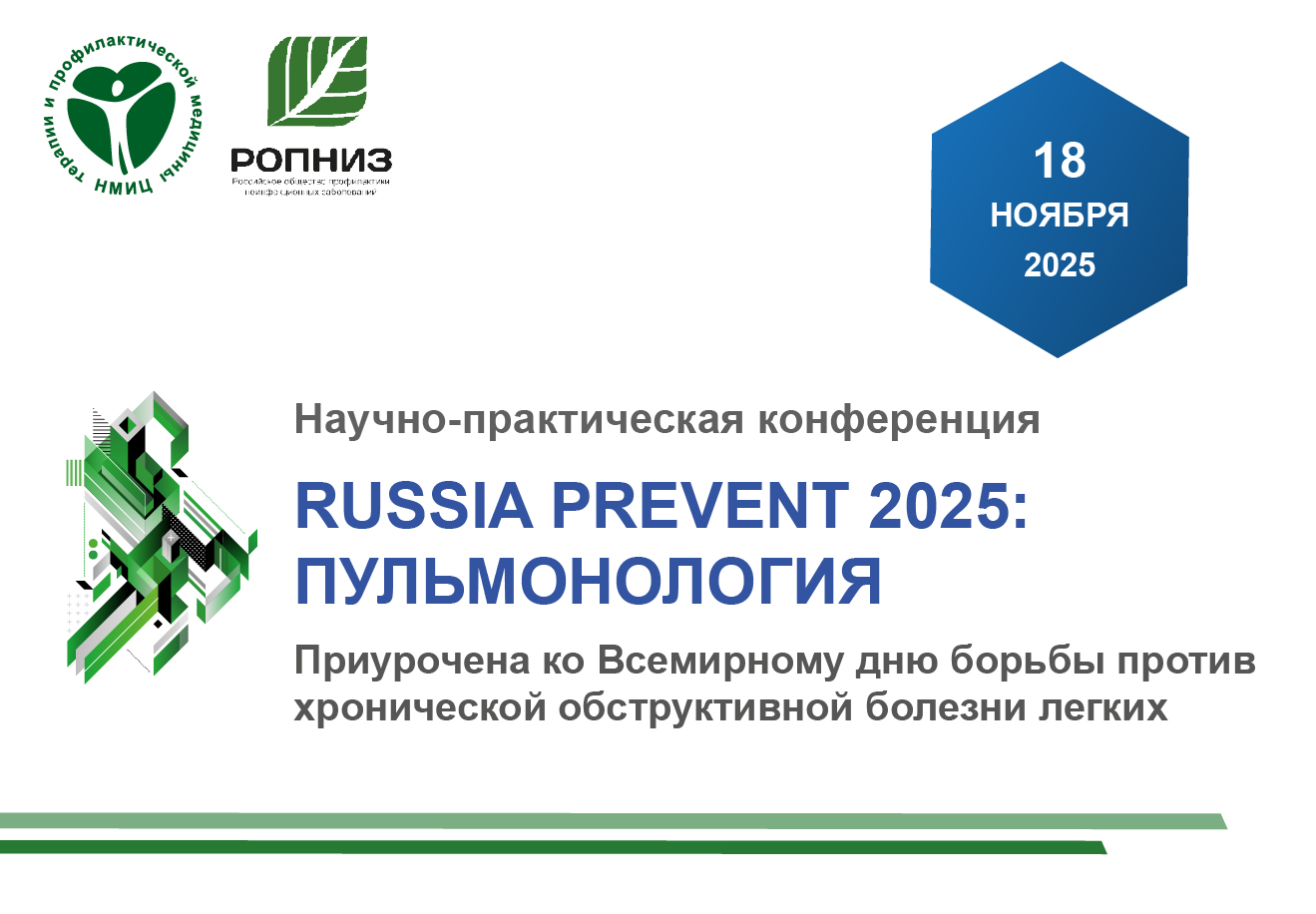Rosuvastatin in patients with arterial hypertension and dyslipidemia: effects on microcirculation and pulse wave parameters
https://doi.org/10.15829/1728-8800-2012-6-9-15
Abstract
Aim. To investigate the parameters of pulse wave contour analysis (PWCA) and microcirculation (MC) in patients with arterial hypertension (AH), dyslipidemia (DLP), and high cardiovascular risk levels (SCORE >5%); to compare the dynamics of these parameters during the treatment with rosuvastatin or atorvastatin.
Material and methods. The study included 82 patients (mean age 53±10 years) with the high-risk AH (SCORE levels >5%), DLP, and no strict contraindications to statins. All patients were randomised into two comparable groups: Group I (n=40; mean age 51±10 years), receiving atorvastatin and standard AH treatment; and Group II (n=42; mean age 52±10 years), receiving rosuvastatin and standard AH treatment. At baseline and after 5 weeks, all patients underwent the MC assessment (conjunctival biomicroscopy) and PWCA (AngioScan-01). The following parameters were assessed: stiffness index (SI), reflection index (RI), augmentation index (AIx), and increased pulse wave amplitude (PWA).
Results. In the atorvastatin group, mean SI values were 5,87±2,05 m/s, RI values 35,64±19,98%, mean AIx values for heart rate of 75 beats per minute (AIx75) 41,21±14,56%, and mean central blood pressure (BP, Spa) levels 144,35±22,31 mm Hg. In the rosuvastatin group, the respective values were 5,01±2,56 m/s (SI), 37,01±14,56% (RI), 41,23±14,35% (AIx75), and 148,98±7,89 mm Hg (BP, Spa). All participants demonstrated PW Types A and B, as a marker of increased arterial stiffness, and positive AIx and AIx75 values. The treatment with atorvastatin and rosuvastatin was associated with a significant reduction in ∆SI (-0,87 and -0,89 m/s, respectively). Both groups demonstrated a non-significant reduction in ∆RI (-7,89 and -7,21%, respectively) and ∆AIx (-1,88 and -1,92%, respectively). PWA increased by 1,82±0,62 times in the atorvastatin group and by 1,95±0,81 times in the rosuvastatin group. At baseline, both groups demonstrated disturbed conjunctival MC (arterio-venular coefficient 1:3, stasis, and Stage III erythrocyte aggregation). Atorvastatin and rosuvastatin treatment was linked to a regression in the last two parameters, which could be explained by the improved vascular wall elasticity.
Conclusion. In high-risk patients with AH, the PWCA data suggested an increase in arterial stiffness, which was combined with conjunctival MC disturbances. Statin therapy improved not only blood lipid levels, but also MC, vascular stiffness, and endothelial function parameters, which was more pronounced in the rosuvastatin group.
About the Authors
O. M. DrapkinaRussian Federation
O. N. Korneeva
Russian Federation
L. O. Palatkina
Russian Federation
E. V. Zyatenkova
Russian Federation
N. P. Balakhonova
Russian Federation
V. T. Ivashkin
Russian Federation
References
1. ParaО): 237-9.
2. New features of arterial stiffness assessment as early marker of cardiovascular disease. Materials of Symposium (edited by Alexander Martynov). Moscow: Publishing House “Russian Doctor” 2007; 48 p. Russian (Новые возможности оценки артериальной ригидности – раннего маркера развития сердечно-сосудистых заболеваний. Материалы симпозиума (под редакцией Мартынова А.И.). М.: Издательский дом «Русский врач» 2007; 48 с).
3. Balahonova NP. Microcirculation in young hypertensive patients during follow-up, Abstract of Ph.D., Moscow 1985; 24. Russian (Балахонова Н.П. Автореф дисс канд мед наук. Изменение микроциркуляции у больных гипертонической болезнью молодого возраста в процессе диспансерного наблюдения. Москва 1985).
4. Drapkina OM, Dikur ON, Ashikhmin YaI, et al Endothelial function in high-risk hypertensive patients. Arterial Hypertension 2010; 16(2): 157-63. Russian (Драпкина О.М., Дикур О.Н., Ашихмин Я.И. и др. Эндотелиальная функция у пациентов с артериальной гипертензией высокого риска. Артериал гиперт 2010; 16 (2): 157-63).
5. Marin F, Pascual DA, Roldan V, et al. Statins and postoperative risk of atrial fibrillation following coronary artery bypass grafting. Am J Cardiol 2006; 97 (1): 55-60.
6. Hadi H, Mahmeed W, Suwaidi J, Ellahham S. Pleiotropic effects of statins in atrial fibrillation patients: the evidence. Vascul Health Risk Manag 2009; 5: 533-51.
7. Hermida N, Markl A, Hamelet J, et al. Statins prevent LV remodelling through anti-fibrotic effects associated with AMPK activation rather than direct effects on cardiomyocytes in a mouse model of metabolic syndrome. Cardiovasc Res 2012; 93 (Suppl 1)(3): S7.
8. Drapkina OM. RAAS и fibrosis. Hepatocardial association. Russian Medical J 2011; 18: 1136-9. Russian (Драпкина О.М. РААС и фиброз. Гепатокардиальные связи. РМЖ 2011; 18: 1136-9).
Review
For citations:
Drapkina O.M., Korneeva O.N., Palatkina L.O., Zyatenkova E.V., Balakhonova N.P., Ivashkin V.T. Rosuvastatin in patients with arterial hypertension and dyslipidemia: effects on microcirculation and pulse wave parameters. Cardiovascular Therapy and Prevention. 2012;11(6):9-15. (In Russ.) https://doi.org/10.15829/1728-8800-2012-6-9-15
























































